Permaculture is a word that brings to mind beautiful and large swathes of property filled to the brim with fruit trees, perennial food forests, and natural water sources. While this is a dream that many of us have (myself included!), it can feel like a difficult reality on a small suburban lot. Surprisingly, it isn’t hard to make a mini permaculture paradise, no matter what size lot you live on or your experience level. These six easy backyard permaculture projects for beginners will help get you started!
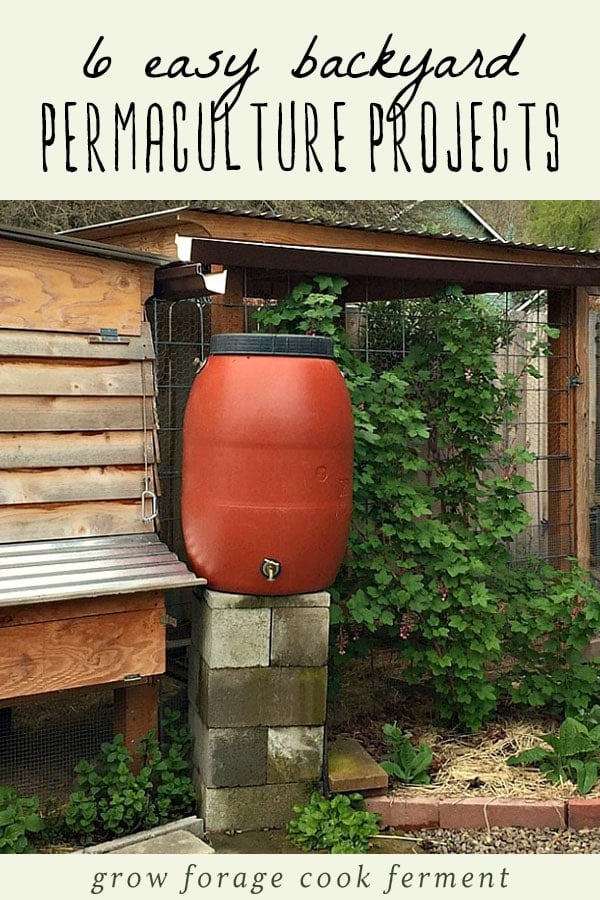
Want to save this post for later?
The Suburban Micro Farm
Before I get into the backyard permaculture projects, I wanted to let you know about an awesome book that my friend Amy from Tenth Acre Farm wrote: The Suburban Micro Farm: Modern Solutions for Busy People.
This book is perfect if you are interested in permaculture and don’t know where to start. It explains the basics of permaculture gardening and has a ton of info on how to implement it into any size property.
This is a gorgeous book with full-color photos and helpful diagrams throughout! I highly recommend it to anyone wanting to get started with backyard permaculture.
Want more books on permaculture? Here’s a list of the 12 best permaculture books for garden planning.
 6 Easy Backyard Permaculture Projects for Beginners
6 Easy Backyard Permaculture Projects for Beginners
Build a Raised Planting Bed
Having a raised planting bed is the first step towards growing your own food. They don’t have to be expensive or hard to build, and can often be made with materials you might already have.
Raised beds are helpful for controlling the elements and make planting, weeding, and harvesting easier. They can also be covered with a season extender like a hoop house or low tunnel during the spring and fall.
Growing your own vegetables is a great way to learn about companion planting, succession sowing, and natural pest control, all of which are key elements in permaculture.
Grow Herbs and Flowers in Pots or in the Ground
Herbs and flowers are essential plants to have in a permaculture garden. Their particular habits and needs are perfect for helping a beginner learn about plant growth. Beneficial insects and pollinators are also attracted to them.
Culinary herbs like thyme, rosemary, oregano, basil, mint, sage, chives, and parsley are easy to grow in pots on a porch or even on a sunny windowsill if that’s all you have access to. This makes for easy harvesting of these healthful plants.
Medicinal herbs and flowers like lavender, calendula, yarrow, and echinacea are also very beneficial to grow yourself for making herbal remedies and body care products.
Grow More Perennial Vegetables
Perennial plants are common in permaculture gardens because they require much less work than annuals. Perennials come back year after year and generally need fewer inputs once they are established. They are the building blocks of food forests and forest gardens!
Here are some common perennial vegetables and fruit that can be grown in most home gardens:
- asparagus
- rhubarb
- artichokes
- sorrel
- walking onions
- grapes
- berries (blueberries, raspberries, strawberries)
- fruit trees (if you have a larger yard)
Many herbs and flowers are perennial as well, such as rosemary, sage, thyme, chives, oregano, mint, lavender, yarrow, and echinacea.
Read this post for a bigger list of perennial vegetables to grow.
Remove Some or All of Your Lawn
This one may be hard for many people because it has become so ingrained in us to have grass growing in our yards! But removing part of your lawn and turning some of that area into a place to grow food or other beneficial plants is a great idea.
Instead of an expansive and water hogging lawn, grow native plants and perennials to reduce water usage. This will also eliminate the need for using any pesticides or herbicides.
If you don’t want to get rid of your lawn completely, you can simply make it smaller and plant the edges with native plants and perennials. A round design is nice and makes it easier to mow – no corners!
Provide a Water Source for Birds and Other Wildlife
Not only does a small pond or birdbath provide a nice visual touch in the garden, but it is also a water source and habitat for birds, frogs and toads, butterflies, bees, and other pollinators.
This encourages a more natural landscape and makes your yard an inviting space. It is also a great teaching aid for children!
Set up a Rainwater Collection Barrel
Collecting rainwater from the roof of your house is not as hard as it sounds, and is a great way to obtain free water to use on plants. Rainwater contains minerals and is the best food for seedlings.
Building your own rainwater collection barrel is actually pretty simple to do and doesn’t require a whole lot of equipment other than the barrel itself. This project will teach you simple plumbing skills, and the finished rain barrel will help you understand gravity flow, water levels, and pressure.
The rain barrel itself can be used as a thermal mass to help regulate the surrounding temperature. You can also connect the rain barrels to a rain garden which can help with any overflow.
These easy permaculture projects, along with Amy’s book The Suburban Micro Farm, will get you well on your way to having your very own permaculture garden right in your backyard!

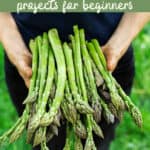
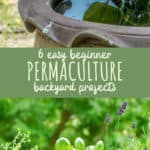
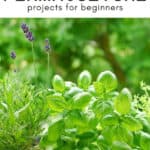
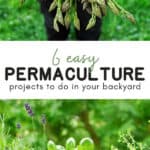
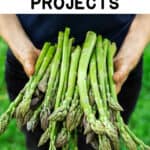
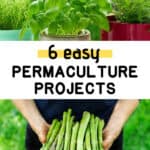
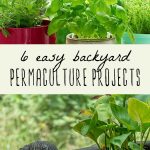
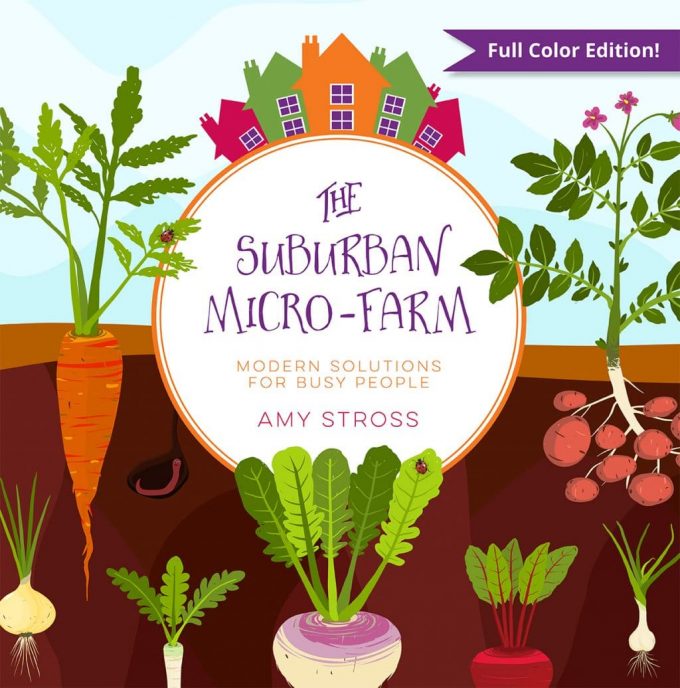
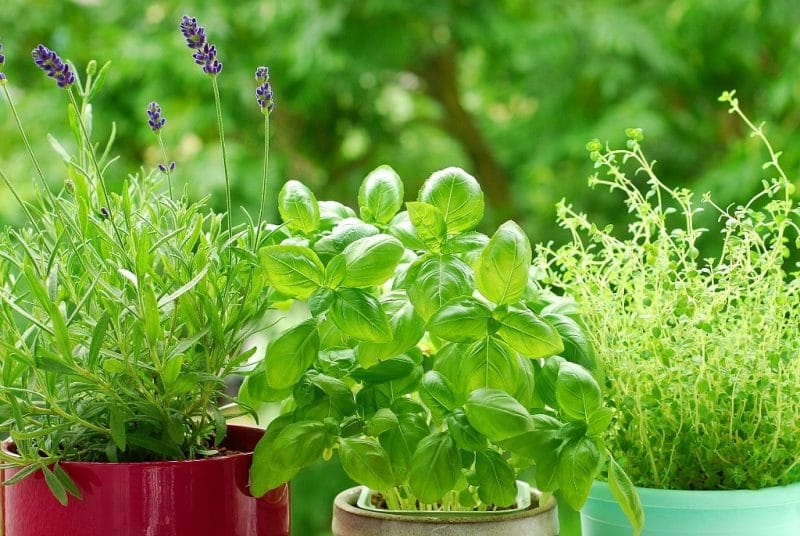
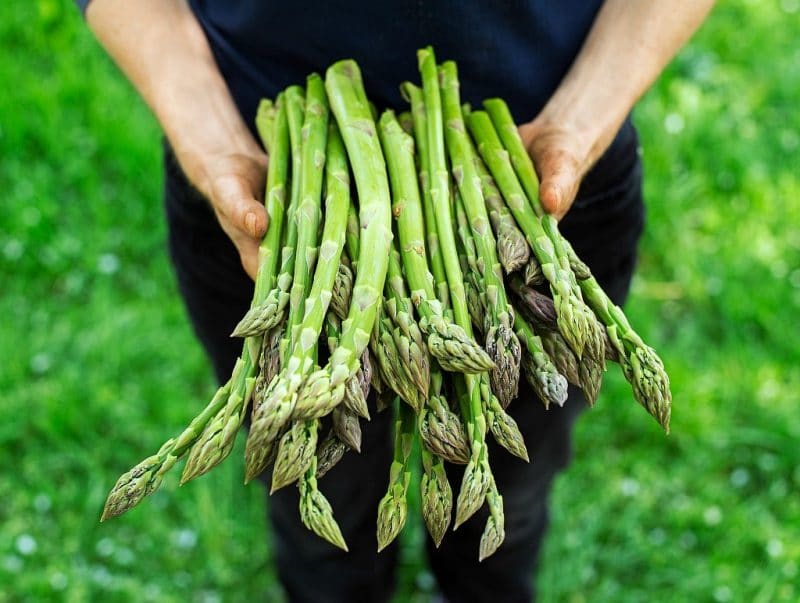
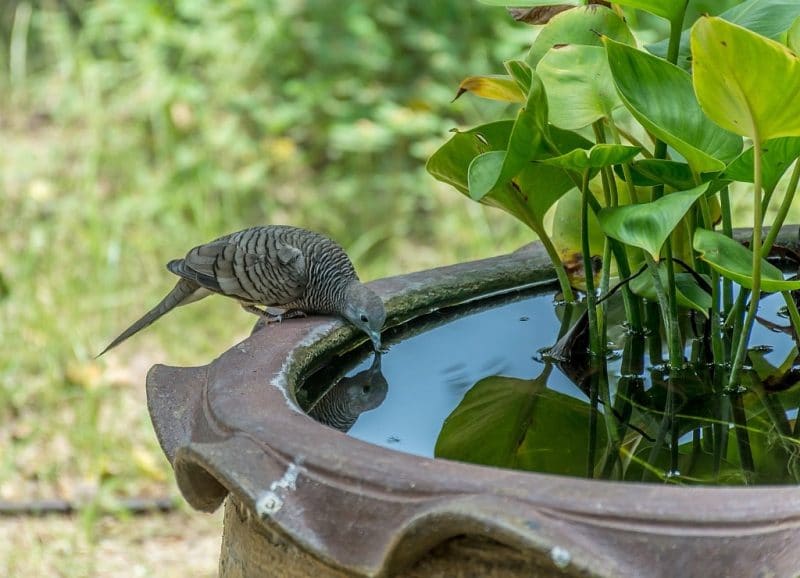

Great article! As a newbie gardener and homesteader, I’m so happy to have found your site! It’s chock full of helpful, informative, and interesting topics that have inspired and motivated me to get out there and DO STUFF! Thank you for sharing some excellent tips and info. I really appreciate your love of gardening and all things natural :)
You are so welcome, Elaine!
Hi Colleen, All of my garden plots have raised beds, totalling 4000 sq dt. I’m suburban, on an acre and very happy with it, over the years I’ve had chicken, ducks, geese, horses, goats and donkey plus the inevitable cats, dogs, and other pets. This will be my first year running the place on my own and I’m looking forward to it
Love this article. I just bought a home for the first time (in a region I’m unfamiliar with lol) and don’t really have a backyard. I’m looking at maybe turning garden areas into mixed native plant / perennial veg beds where I have enough sun for it, since I want pollinators. My backyard, aside from a few small side beds, is all paved so I was contemplating pots and the raised beds you see on stands. Has anyone tried things like this?
Hi there, that sounds like a great idea! Just be sure to research anything you want to grow in containers to be sure that they will do well in that kind of set up.
Love your helpful hits. We are planning to have a small garden again after a long hiatus from having one, and looking forward to it. It won’t be as large as our last one but will provide sufficiently for the 2 of us for this year. Thanks for all your information!
I am so happy I found your website and signed up for newsletters. Great article again. I created an herb spiral a few years ago as a permaculture project and its so fun. I also use perennial arugula, salad burnett, sorrel, oca, and sunchokes. Thanks for the inspiration!
Nice article. Right now, on going battle of Bermuda grass. Any advice on getting rid of it, naturally. It’s taking over my garden.
A permaculture guy I know says he lets the bermuda grass exist, but when he feels it’s starting to get too big in areas, he plants a few plants in that area and the bermuda grass naturally recedes, enough for his taste anyway.
thank you , very helpful and not too scary for a beginner
I’ve found that mowing around clover patches has increased the clover by quite a lot. And clover chokes out grasses like crabgrass (what I have/had). So the crabgrass, which is hard as heck to get rid of, is going away. My lawn is being replaced with clover, violets, plantain, and dandelion. :)